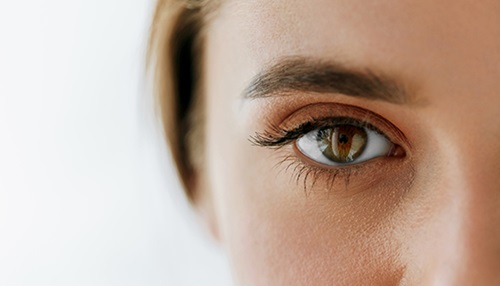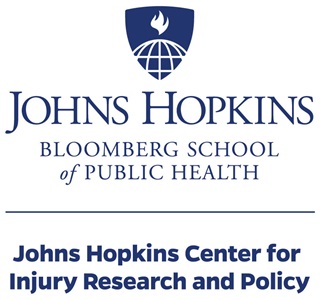Fireworks and Eye Safety: What You Need to Know
Featured Experts
As families and communities make plans for a star-spangled Fourth of July, many anticipate the holiday’s traditional fireworks displays. Two Johns Hopkins experts, Fasika Woreta, M.D., M.P.H., director of the Eye Trauma Center at the Wilmer Eye Institute, and Eileen McDonald, M.S., director of the Johns Hopkins Children’s Safety Center of the Johns Hopkins Center for Injury Research and Policy, outline some key need-to-knows about the dangers of consumer fireworks use during the Fourth of July and other occasions.
Consumer fireworks can be dangerous.
According to recent data from the U.S. Consumer Product Safety Commission (CPSC), injuries from fireworks cause approximately 9,100 visits to the emergency room each year, with 15% of those injuries being eye-related. These injuries largely occur in the weeks near the Fourth of July.
Setting off fireworks at home or in local parks is illegal in many areas.
Each state has different laws related to the use of consumer fireworks. It’s important to know your state and county laws regarding the sale and use of fireworks ahead of planned displays. “Although consumer-grade fireworks are legal in many states, they are extremely dangerous and can cause devastating eye injuries and even blindness,” says Woreta.
“The most common injuries we see from fireworks are to the fingers, hands and legs,” McDonald added. “More than half of the injuries involve burns.”
Children should never play with or handle any type of fireworks.
All fireworks can be dangerous. Small sparklers, which can reach a temperature of 2,000 degrees, can cause serious burns. Fireworks should only be handled by professionals; they should never be handled by children.
Just because you’re not lighting or throwing it doesn’t mean you’re safe.
One CPSC study showed that 65% of people injured by fireworks are bystanders. Two of the most common causes of fireworks-related injuries are from mortar-type fireworks and bottle rockets, which are thrown before they explode and can strike an innocent bystander. Two key precautions to remember: Both fireworks handlers and bystanders should wear protective eyewear that confirms in product descriptions that it meets the standards set by the American National Standards Institute.
When viewing a professional fireworks display, watch from at least 500 feet away and respect all safety barriers.
The holiday can be complete with alternatives to consumer fireworks.
“From a public health and injury prevention perspective, we need to increase awareness of the potential dangers of fireworks and eliminate the use of consumer fireworks,” says Woreta.
“Instead, consider purchasing glow-sticks or glow-in-the-dark bracelets and necklaces,” adds McDonald. “Kids will enjoy these well after the fireworks have disappeared, and adults do not have to worry about an unexpected trip to the emergency room.”
If you experience a fireworks-related eye injury:
- Seek medical attention immediately.
- Avoid rubbing or rinsing the eyes or applying pressure.
- Do not remove any object from the eye, apply ointments or take any pain medication before consulting a trained medical professional.
- Safety during fireworks displays can help prevent serious eye injuries, such as burns of the eye and open globe injuries, which may lead to loss of vision. Protecting your eyes this Fourth of July can ensure you see the remarkable fireworks from public displays for years to come.
Eye Trauma Center

The Wilmer Eye Institute provides emergency care to patients sustaining eye trauma, and has been designated as the only eye trauma center in Maryland by the Maryland Institute for Emergency Medical Services Systems.
Center for Injury Research and Policy

The Johns Hopkins Center for Injury Research and Policy is dedicated to closing the gap between injury research and practice to prevent injuries and ameliorate their consequences.








